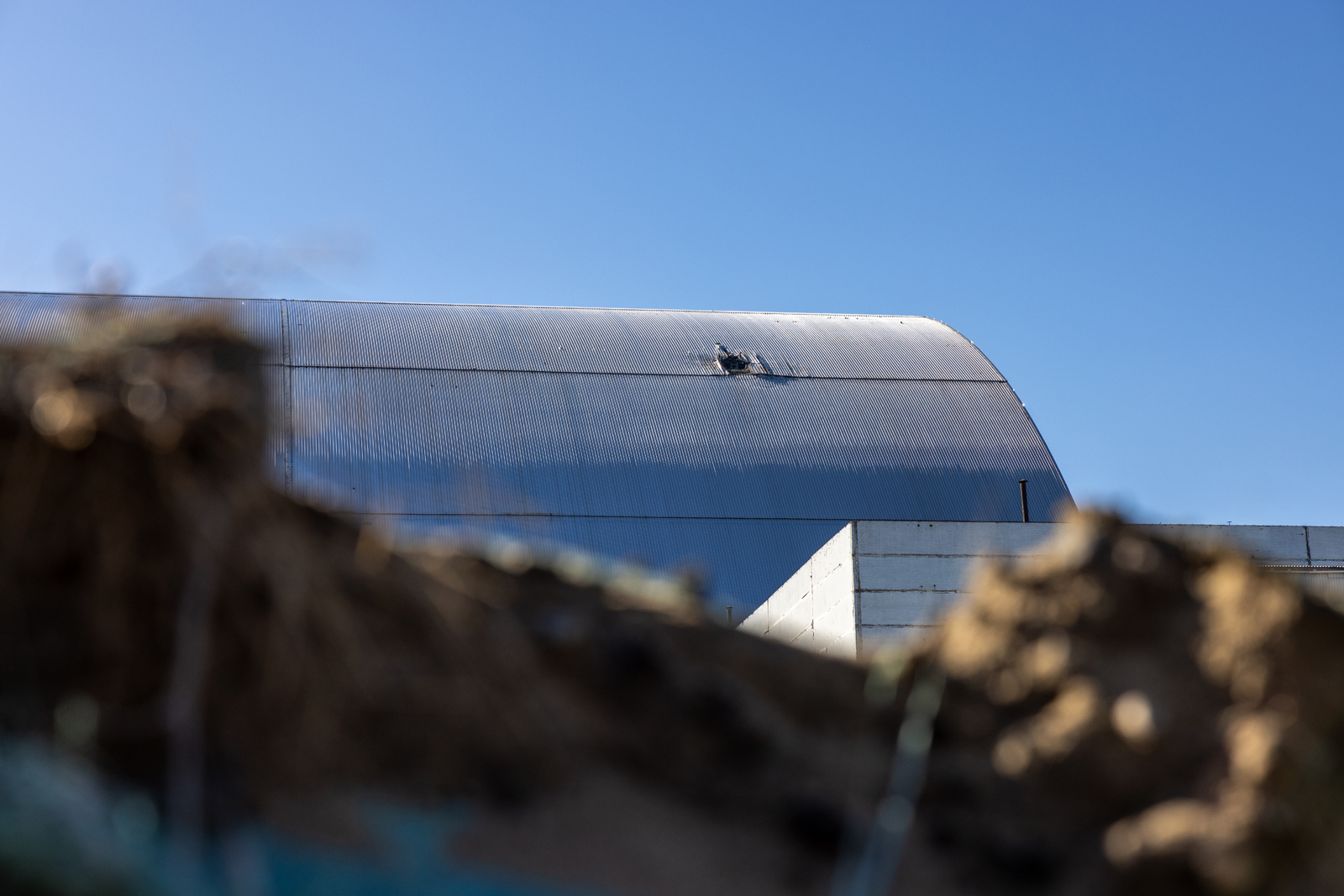Attempt on nuclear safety: Chornobyl is again in the focus of world attention
In April, the world traditionally remembers one of the worst man-made disasters in human history - the Chornobyl accident in 1986. This tragedy not only left a deep mark in the hearts of millions of people but also changed approaches to nuclear safety around the world. However, almost 40 years later, Chornobyl is once again in the spotlight - this time because of a threat that arose not from technical failure but from armed aggression.
February 14, 2025 is a date that may go down in history as another black day for nuclear safety. A Russian drone with an explosive warhead hit the New Safe Confinement (NSC), an arch structure that covers the destroyed fourth power unit of the Chornobyl nuclear power plant. The strike damaged the outer cladding of the arch covering an area of about 15 square meters, hit the inner cladding, the equipment of the main crane system, and even the maintenance garage. It was not just an attack on the facility - it was an attempt on the safety of the whole of Europe.


To eliminate the consequences of the UAV hit and avoid further fire, rescuers had to make about 200 holes in the structure to extinguish the fire and stop the sealing membranes from igniting. The impact depressurized both the annular space and the main volume of the NSC arch. Only three weeks later, on March 7, the situation was formally recognized as stable.
The main purpose of the NSC is to isolate the destroyed reactor from the environment. It is a unique engineering structure that was built with the participation of international partners and played a key role in containing the consequences of the 1986 disaster.
In 1997, Ukraine, together with the United States, the European Union Commission, and international experts, agreed on the Shelter Implementation Plan (SIP). The key decision of this plan was the construction of the New Safe Confinement (NSC), an engineering structure designed for at least one hundred years of operation.
On April 24, 2020, the NSC was put into trial operation. The entire construction lasted 10 years, and the total cost of the project was more than €2.1 billion. The funds were provided by donor states of the Chornobyl Shelter Fund, which are 45 countries from around the world.
After the Russian UAV hit the NSC, the design functions of the structure were disrupted. As a result, ChNPP cannot dismantle the unstable structures of the Shelter.
Nevertheless, the radiation background is currently stable only because the Shelter sarcophagus, constructed in 1986, was not damaged. The NSC complex is subject to continuous radiation monitoring using both automated monitoring systems and portable and laboratory equipment. In particular, experts conduct regular radiation monitoring of the air in the places of depressurization of the NSC arch membranes.
This year, Chornobyl NPP must take urgent emergency measures: close all holes, check the condition of structures, assess the necessary resources for repairs or, if necessary, even build a new containment. At the same time, a long-term recovery plan is being developed, from construction and installation work to reassessing the safety of the entire complex.
Another factor complicates the situation: corrosion. Damage to the NSC containment increases the risk of moisture ingress, which can negatively affect the supporting structures. Although the arch's corrosion protection margin is about 15 years, these risks must be minimized immediately. Otherwise, each subsequent winter or spring can bring unpredictable consequences.
Tetiana Verbytska
Head of Public Relations SSTC NRS
tv_verbytska@sstc.ua